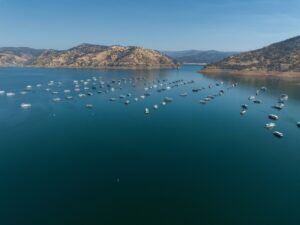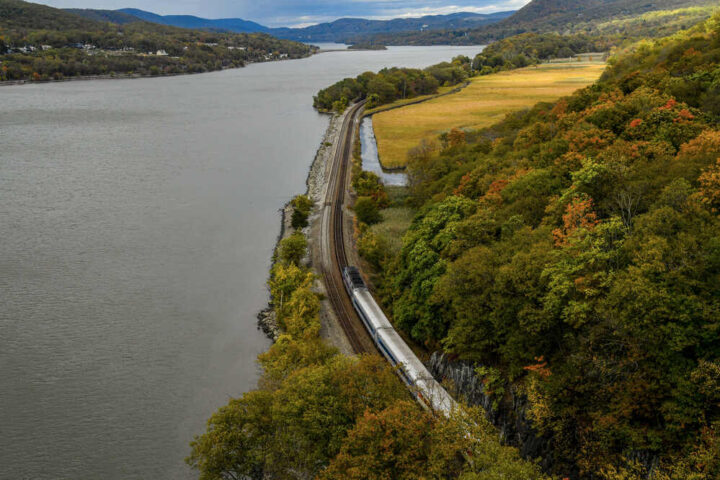California’s Lake Oroville experienced one of its largest November water level changes in 2024, with the reservoir’s elevation rising by nearly 18 feet during the month. The reservoir’s levels shifted from 763.48 feet at the beginning of November to 781.24 feet by November 30, with a notable drop to 754.82 feet on November 19 before the dramatic rise began.
The California Department of Water Resources (DWR) reports the reservoir saw its second-highest November daily elevation gain of 8 feet on November 24, 2024. This surge trails only behind the November 30, 2012 record of 8.2 feet. The lake’s storage capacity increased by 76,686 acre-feet on November 22 alone, placing it among the top four November storage increases in the reservoir’s history.
“The timing as to when reservoirs begin to rise each year is weather dependent and variable,” a DWR spokesperson stated. The spokesperson noted that while Lake Oroville typically experiences minor elevation increases starting in December, the 2024 Water Year saw steady increases from mid-December 2023, with higher gains in late January 2024.
The extreme water level fluctuations resulted from a combination of atmospheric rivers and a bomb cyclone that affected the Pacific Northwest. These weather events caused widespread disruption, including power outages that affected over half a million people and resulted in two fatalities.
The National Oceanic and Atmospheric Administration defines atmospheric rivers as “long, narrow regions in the atmosphere—like rivers in the sky—that transport most of the water vapor outside of the tropics.” When combined with a bomb cyclone, characterized by rapidly dropping storm pressure and intensified wind gusts, these weather patterns created conditions for the exceptional water level rise.
Lake Oroville’s present water levels exceed those recorded during the same period in 2019-2022, demonstrating a recovery from previous drought conditions. Only 2023’s levels marginally surpassed current measurements. The reservoir reached its November low of 754.82 feet on November 19, 2024, before the dramatic rise began.
More Stories
The DWR has announced a conservative 5% initial State Water Project allocation for 2025, down from last year’s initial 10% allocation. This cautious approach reflects ongoing concerns about water resource management amid California’s variable climate conditions.
DWR Director Karla Nemeth emphasized the need for conservative water management due to the possibility of a La Niña year and extreme weather events.
Environmental groups have raised concerns about the impact of low water allocations on endangered species and local ecosystems. Their advocacy focuses on sustainable water management practices and habitat protection.
The steepest rise occurred between November 19 and 24, 2024, coinciding with the bomb cyclone and atmospheric river events. The DWR notes that half of California’s annual precipitation typically falls between December and February, making these months crucial for water management planning.


















